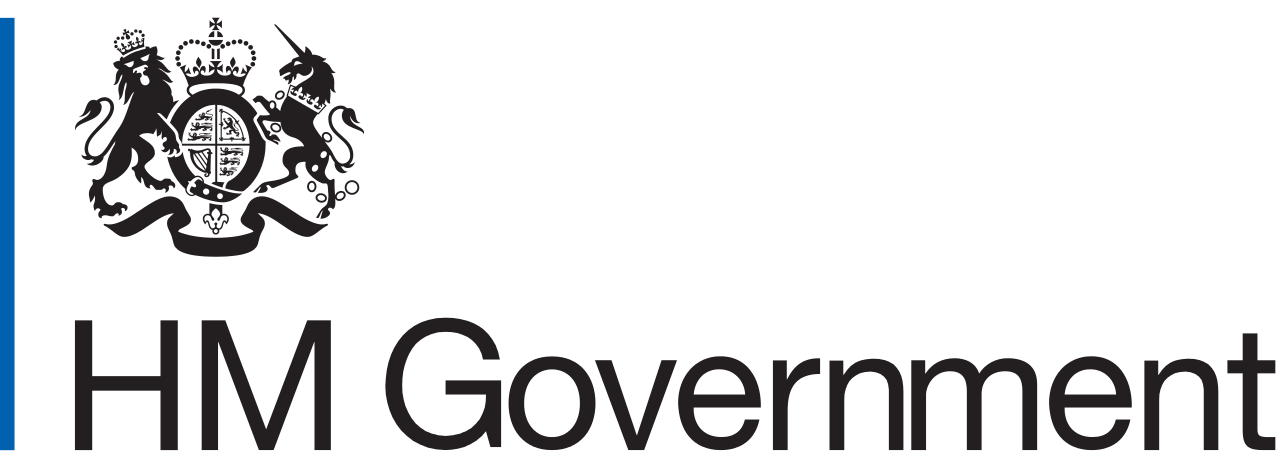Asymptomatic covid-19 testing for businesses

Rapid Covid testing for businesses whose staff cannot
work from home
Rapid testing for people without Covid-19 symptoms is available in various settings across Norfolk and Suffolk. Rapid lateral flow tests, which involve a swab of the nose and throat and provide a result within 60 minutes, are used. These local initiatives complement the nationally-led roll-out of lateral flow tests in some settings such as universities, schools and some large employers.
Why should I encourage my staff to get tested?
Many people who have coronavirus do not display symptoms and the rapid symptom-free. Rapid testing is an important new tool for preventing the spread of the coronavirus and will help to:
• Protect your employees’ health and that of your customers
• Identify cases earlier, reducing likely spread
• Minimise disruption to your business due to large numbers of staff needing to self isolate
• Provide your staff with free and easy to tests with results available quickly, minimising disruption to your business.
Book now for rapid testing in Suffolk
Book now for rapid testing in Norfolk
Norfolk businesses with 10 employees or fewer can now collect home testing kits from a number of libraries. It will enable your staff to conduct twice-weekly testing at home.
Please complete the form with your business details. This will be uploaded automatically to our database and the libraries informed – you won’t receive further emails from us at this stage, you can then simply go and collect your test kits. Click here to complete the form
Due to current supply chain demands (constrained by the national DHSC roll-out of home testing to schools bubbles), you will be given 1 x box of home test kits per person. Each box contains 7 x tests – enough for 3 ½ weeks of twice-weekly testing for an individual.
We recommend that if possible (and where you have not already done so) individuals attend a DATS testing site to be tested by a trained testing operative and to see how a test is correctly administered – this will increase the effectiveness of your home testing regime.
To find out more, click here to visit the Norfolk County Council website
Are the tests accurate?
If you have taken an assisted test (where the person takes the test themselves under the supervision of a trained operator, and this operator processes the test, reads and reports the result) and shown a positive result, you must self-isolate immediately. You could be fined if you do not do this. You may be entitled to a one-off payment of £500 through the NHS Test and Trace Support Payment scheme if you are required to self-isolate.
You should also take a follow-up PCR test as soon as possible [https://www.gov.uk/get-coronavirus-test]. If you fail to take one within the next 2 days, you and your contacts may need to isolate for the full 10 days whatever the follow-up result
Whilst waiting for your follow-up PCR test result you and your household members should follow this guidance. If you take the PCR test within 2 days of the LFD and receive a negative result, you and your household can stop self-isolating. However, you and your household must continue to self-isolate if:
- this PCR test result is positive
- you choose not to take a follow-up PCR test
- you receive a negative PCR test result but the test was taken more than 2 days after the LFD.
It is important to book your follow-up PCR test as soon as you can following your positive LFD result.
If your test was taken at home (self-reported) and you have a positive result, you should self-isolate immediately. You and your household members should follow all this guidance. You should also arrange to have a follow-up PCR test as soon as possible.(https://www.gov.uk/get-coronavirus-test). If the follow-up PCR test result is negative, you and your household contacts can stop self-isolating.



